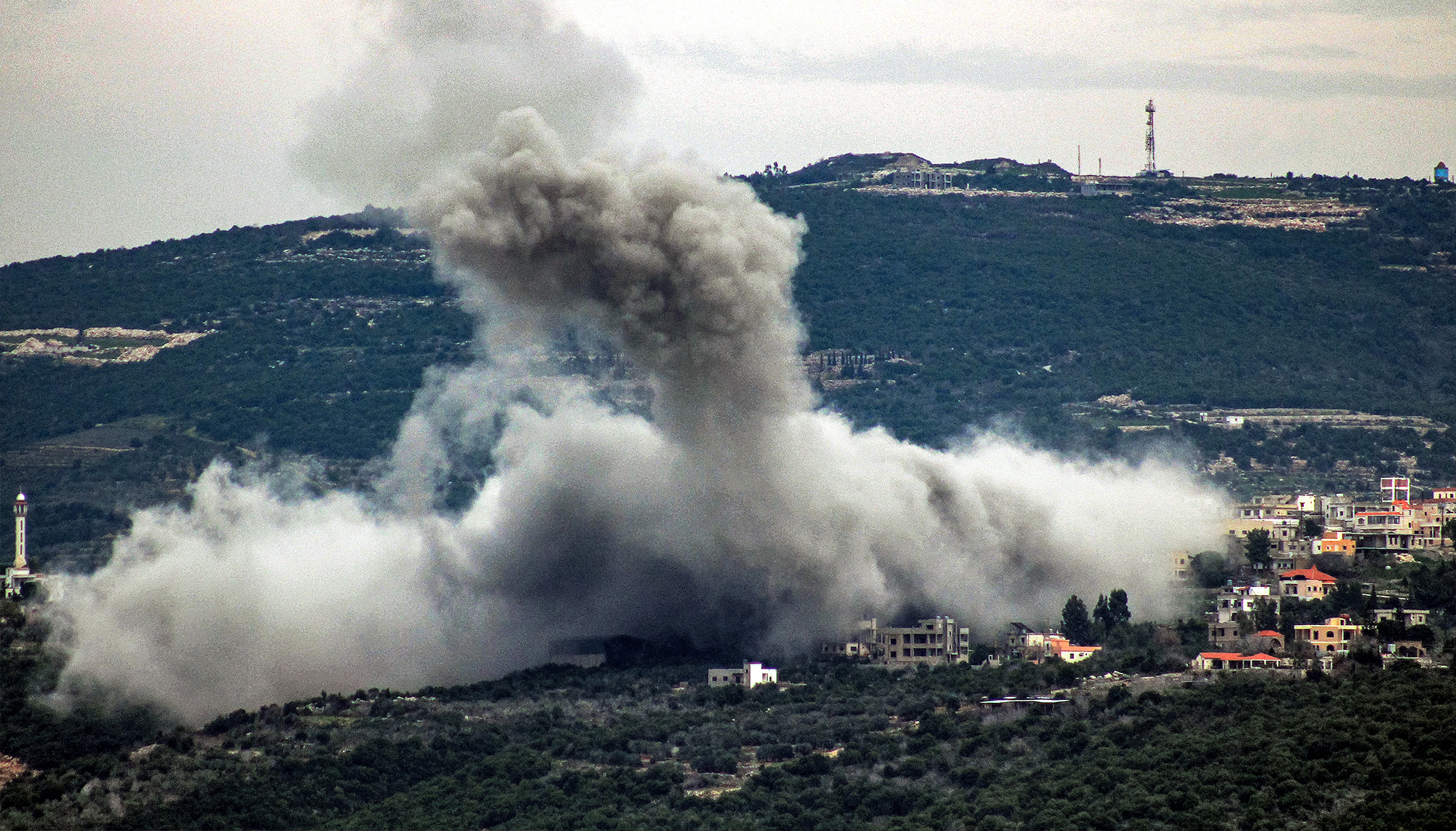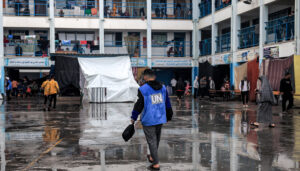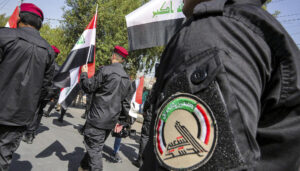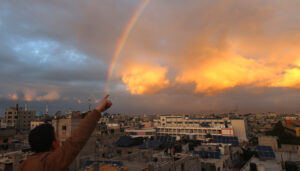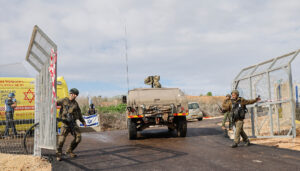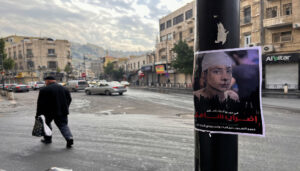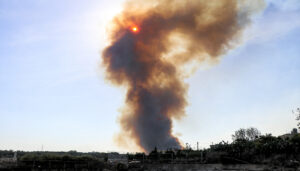بعدسة نتالي نقّاش | By Natalie Naccache
بعد ثلاثة سنوات ونصف على بدء الثورة السورية، ما زالت أعداد اللاجئين السوريين تزداد في دول الجوار وحول العالم، دون عودة واضحة في الأفق، ودون تحسن في أوضاعهم في مناطق لجوئهم، إن لم يكن العكس.
من بين هؤلاء، أكثر من مليون لاجئ يعيشون اليوم في لبنان، هم ربما الأقل حظًا بين أقرانهم. فموجة التمييز التي يواجهها السوريون في لبنان القلق طائفيًا والمتأزم دومًا، والتي أججتها هجمات “داعش” المؤخرة ضد الجيش اللبناني، جعلت الكثير من مناطق لبنان أمكنة طاردة للاجئين.
في سلسلة من الزيارات إلى مناطق مختلفة في لبنان يقطنها لاجئون سوريون، وثقت المصورة اللبنانية نتالي نقّاش بين عامي 2013 و2014 أحوال معيشة عدد من اللاجئين، والصعوبات التي يواجهونها لتحصيل متطلباتهم اليومية.
Three years and a half after the beginning of the Syrian revolution, the numbers of Syrian refugees in the region and around the world are still on the rise. With no close return expected, their situations in their countries of refuge are not improving, if not getting worse.
Among these, the ones living today in Lebanon may be the least fortunate. The discrimination against over a million Syrian refugees in Lebanon, agitated by ISIS’s recent attacks against the Lebanese army, made many places in Lebanon hostile environments toward refugees.
In a number of trips to different places Lebanon that host Syrian refugees, between 2013 and 2014, Lebanese photographer Natalie Naccache documented the living conditions of some refugees and the hardship they face to meet their daily needs.
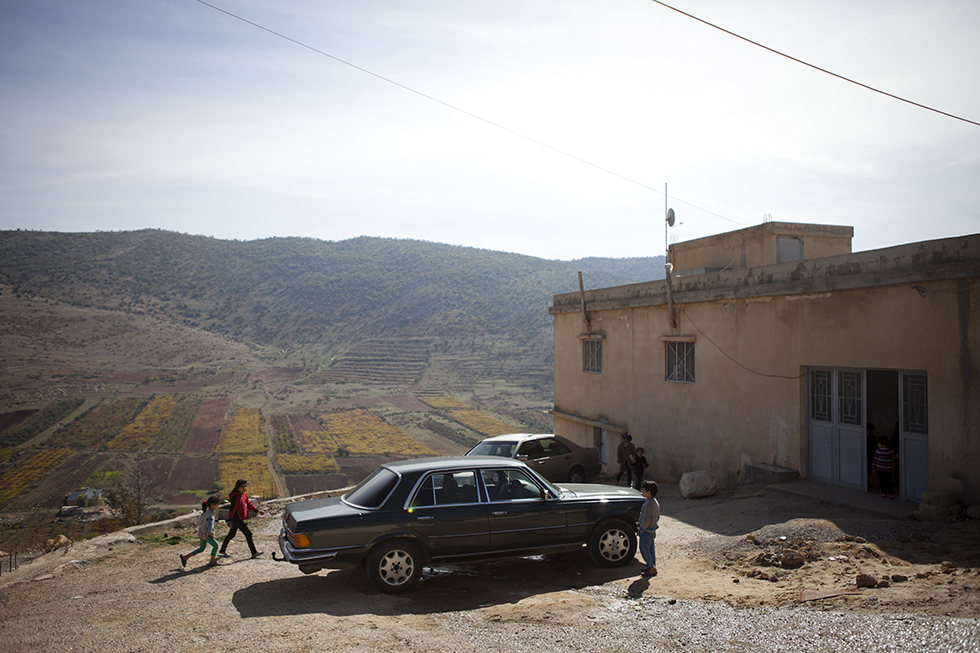
An abandoned school where Syrian families are taking refuge, in West Bekaa, Lebanon.
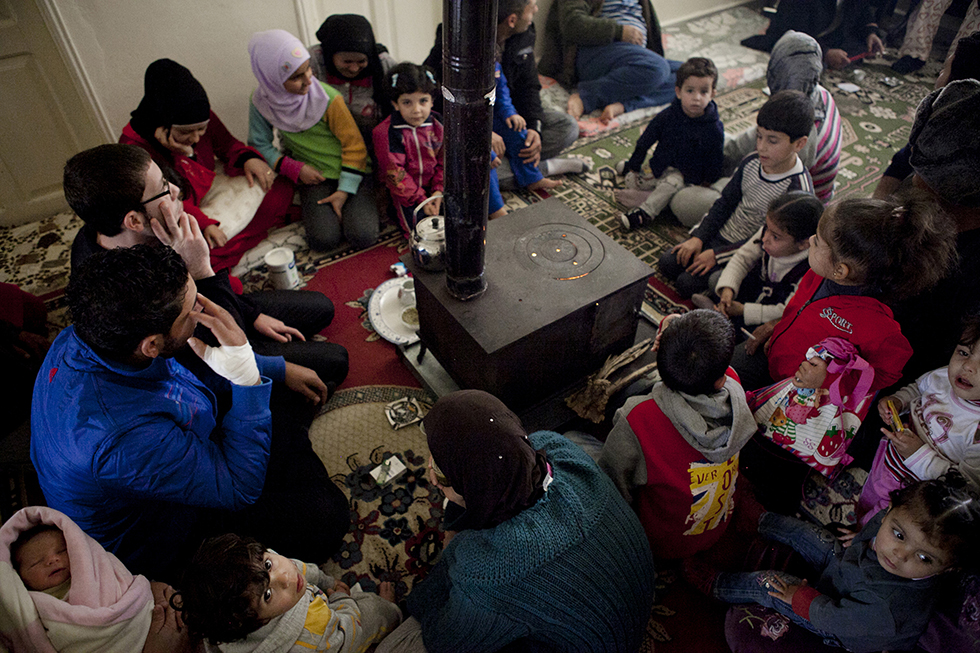
Seven Syrian refugee families live in this house, which is 37 people, 15 of them are children. All the families are from Deraa, Syria, they arrived in August 2012. They huddle around the stove heater which is being heated by wood instead of fuel oil as it is too expensive, in their temporary accommodation in West Bekaa. The home has three bedrooms, one bathroom, and one kitchen. None of the adults have found work, mainly because the Bekaa area depends on agriculture, which has ended for winter. They have been receiving some donations from local shops and neighbours, but are struggling with the cold, and food.
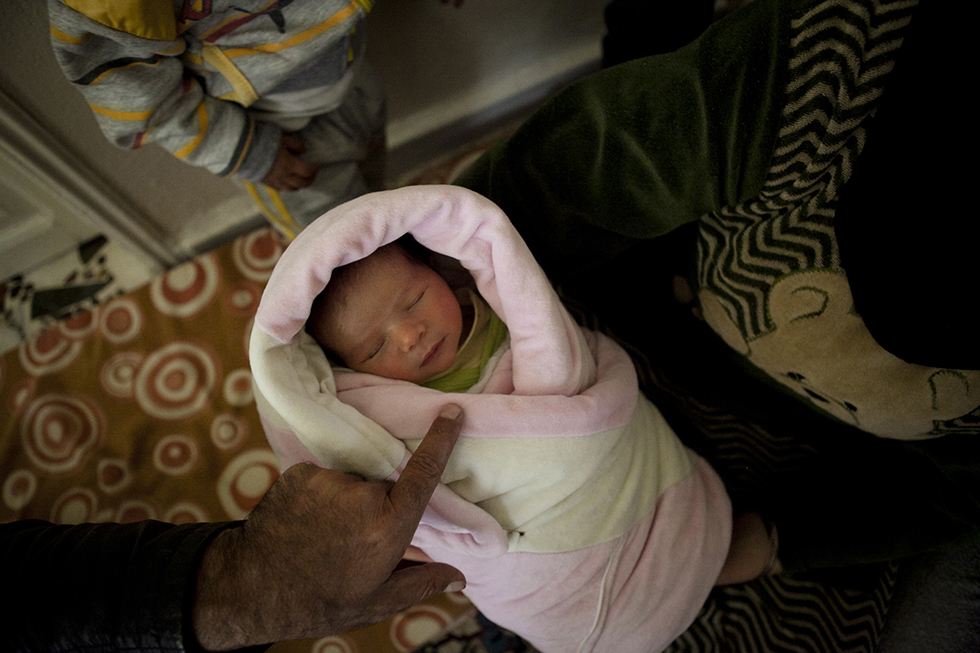
Four day old Najah, a Syrian refugee, in her temporary accommodation with the seven families. Seven families live in this house. Najah was delivered by a doctor which was paid for by local neighbours.
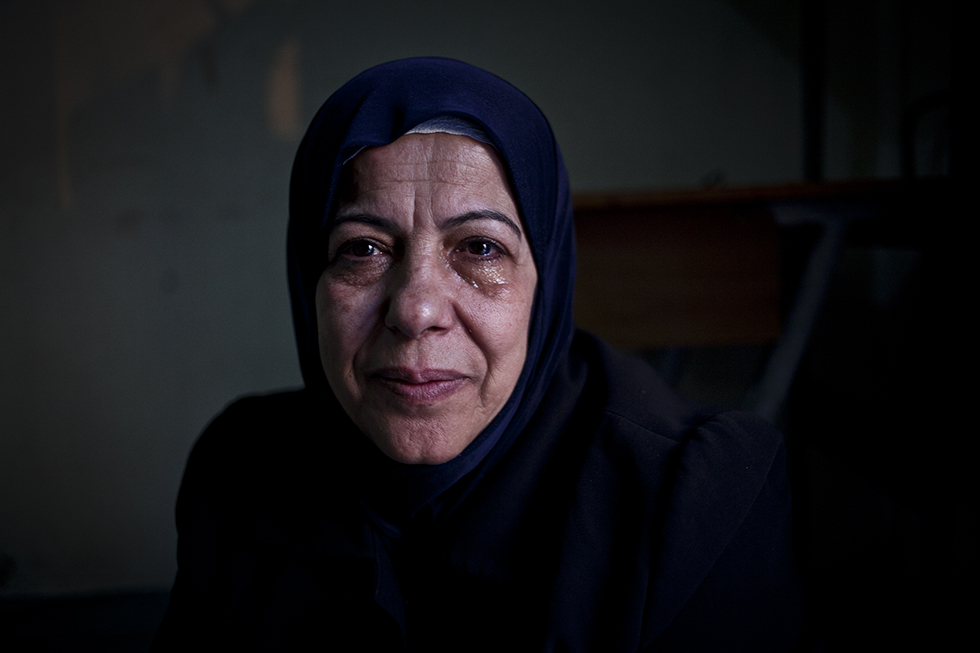
Fatimeh Abdallah, arrived December 2012: “We used to live normally until they bombed very close to our home. We left as quick as we could, we brought nothing with us. My parents used to tell us how hard it was to leave Palestine, now I really understand what they felt when I left Syria. I feel humiliated asking for help, I don’t like being talked down to, or the way we’re being treated here. When our children are ill, we don’t have 10,000 L.L for medicine. We just have to pray they don’t get sick.”
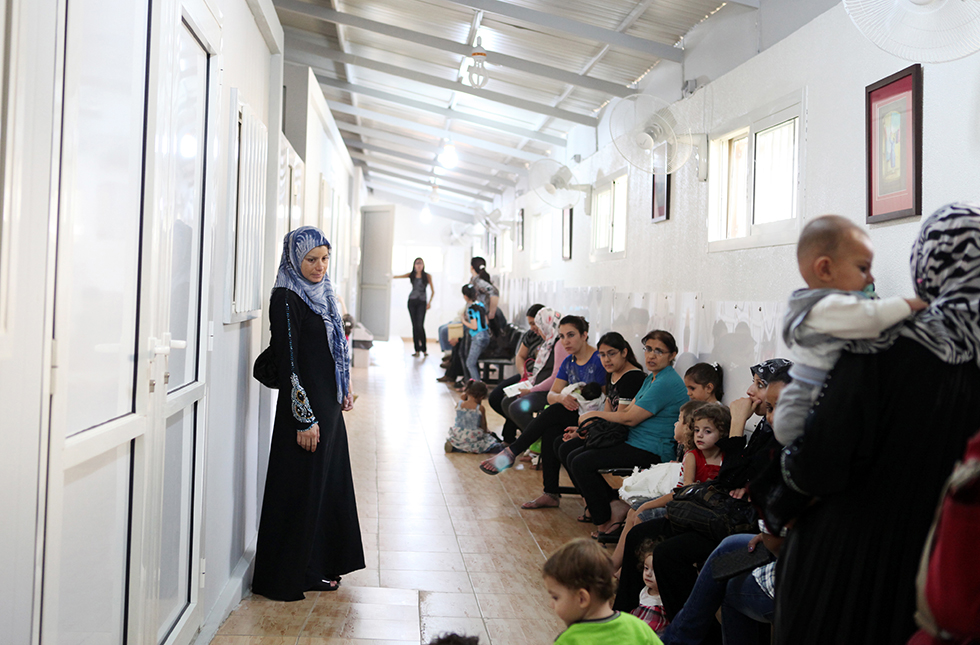
Zeena, from Halab, Syria (left) waits for doctors to treat her two children in the town Roueissat, in the Jdeideh area of Lebanon, at the St Antoine’s Dispensary. She has been in Lebanon for two months, and gave birth to her daughter 20 days ago. “I haven’t closed my eyes in 24 hours, taking care of my children.”
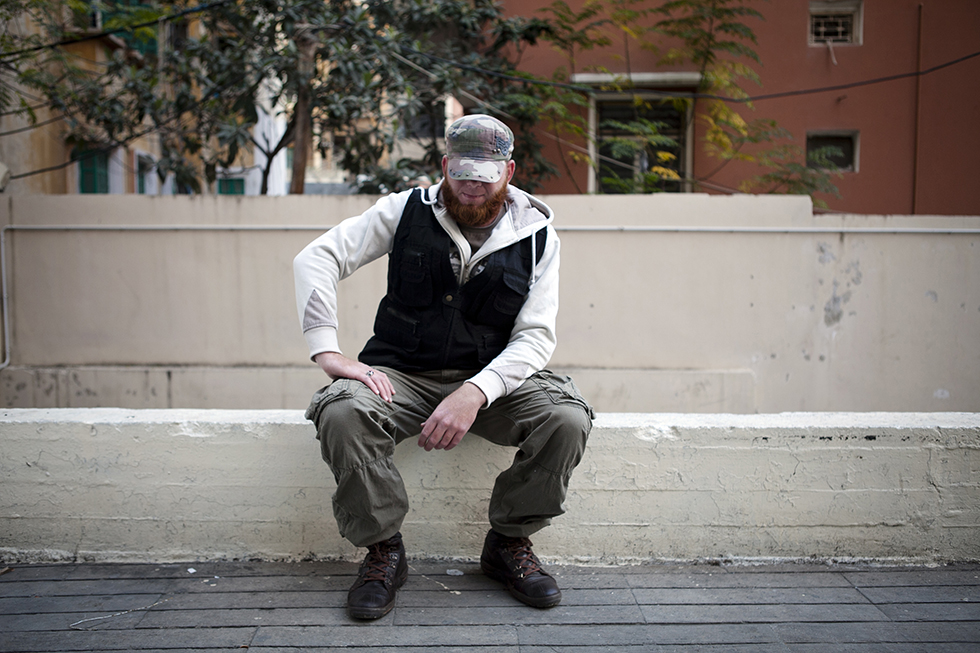
A young Lebanese fighter who had been fighting against the Assad regime in Homs, Syria “to protect the oppressed” sits in his hometown of Tripoli. Before he went to fight in Syria, he was an ambulance driver.
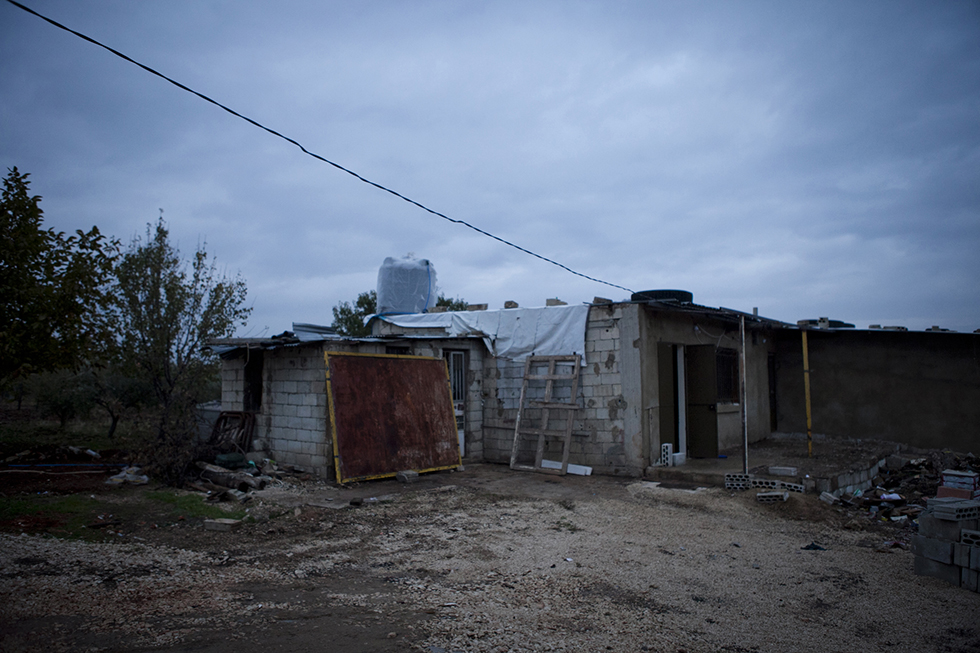
Five people live in this room (right) in West Bekaa, which has a separate kitchen. They have three blankets with no heating, barely any electricity, and bugs fall from the ceiling. They have been here for a month. The rent for this room a month is $200.
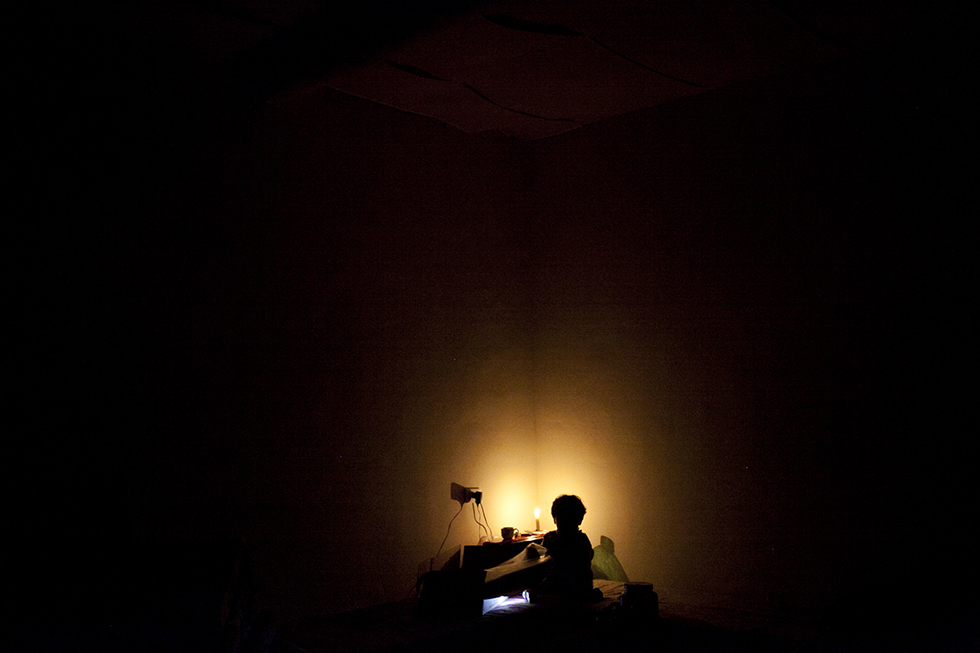
Three year old Syrian refugee from Artouz, Syria, is lit by candle light due to electricity shortage as he sits in his temporary accommodation in the previous room in West Bekaa.
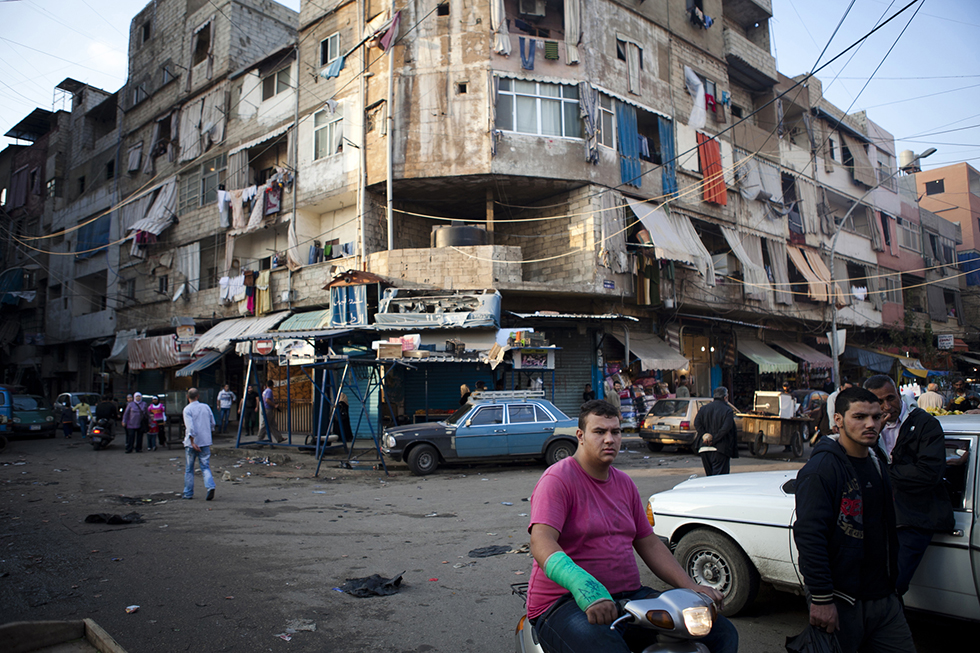
Shatila Palestinian camp in Beirut. There has been an influx of Syrian refugees taking refuge in the Palestinian camps in Beirut.
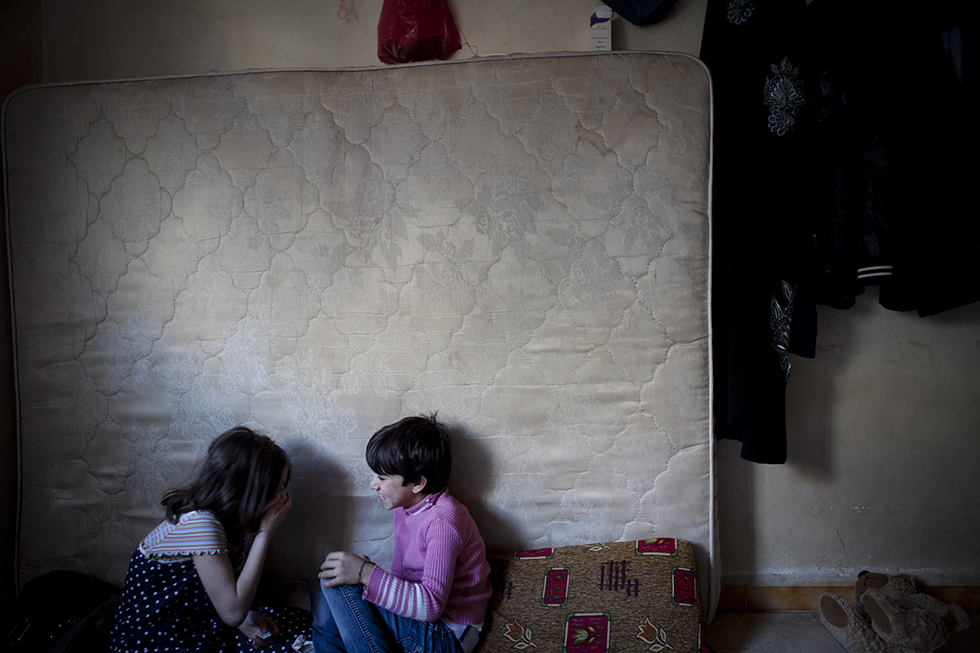
Imam, 9, and Ahlab, 9, from Idlib, Syria, in their room where two families which consist of 13 people sleep, in Sabra Palestinian camp in Beirut.
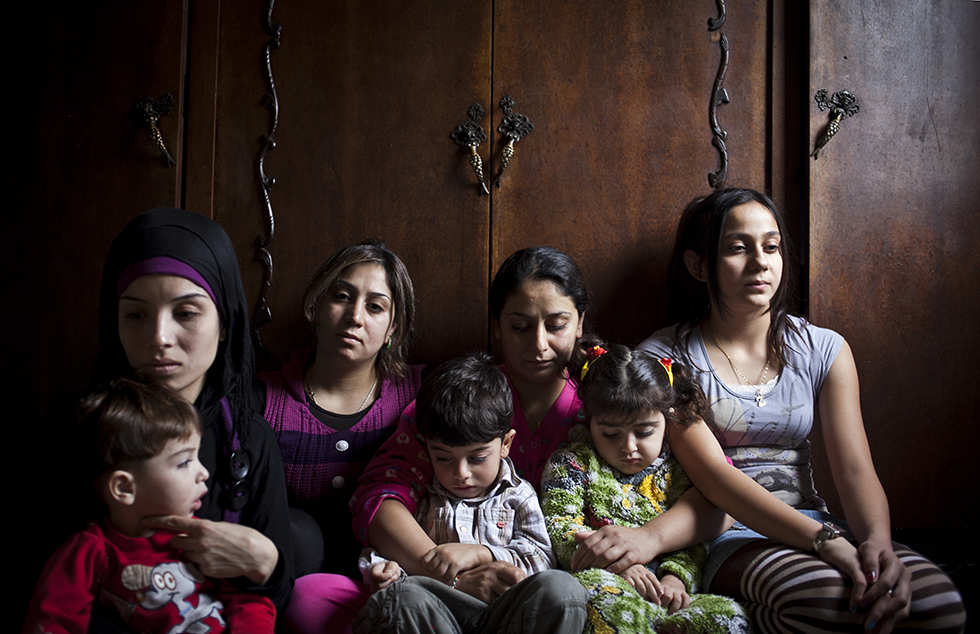
Manahel and her son Mohammad (left), Rukan, Nisreen, Ali, Nahjeen, and Jaylan, Syrian refugees from Hallab in their temporary home in Bourj Hammoud, Lebanon. Nisreen (holding two children), had a three-storey home. Many of her relatives were killed in shelling. “We had to identify their bodies. They had limbs and organs missing a lot of the time. I couldn’t handle picking off flesh from my balcony from the bombings anymore.”
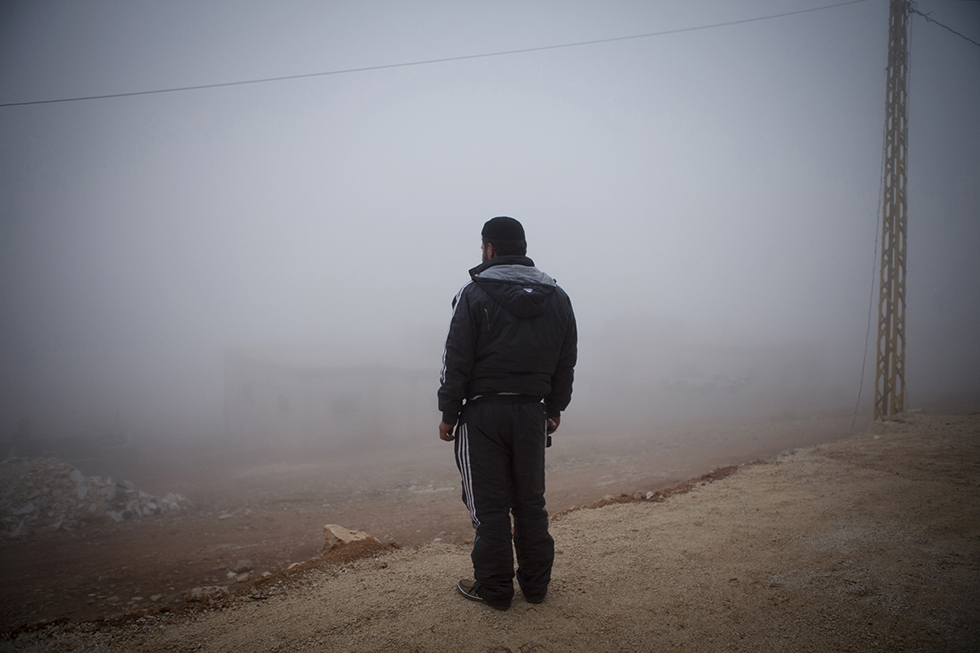
A 22 year old Lebanese Syrian smuggler stands in front of his home in Arsal, Lebanon. He smuggles “everything”, weapons, civilians, fighters, and food, into the Syrian town, Joosyeh. He was a farmer before the Syrian revolution began. “It’s good to cross into Syria when it’s foggy. No one sees you”.
